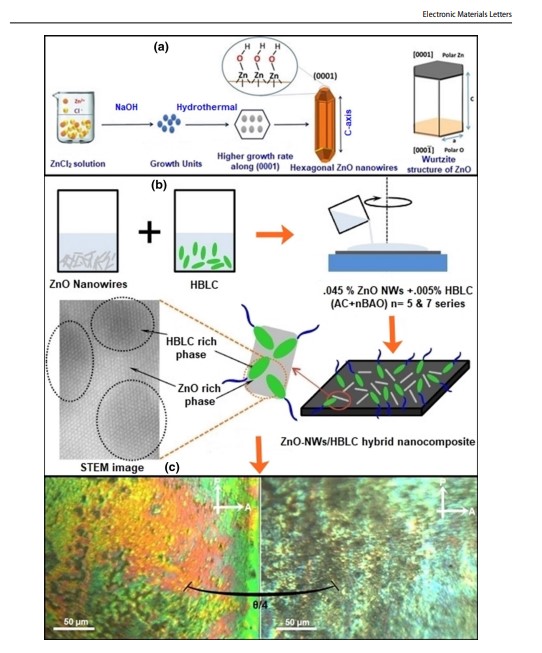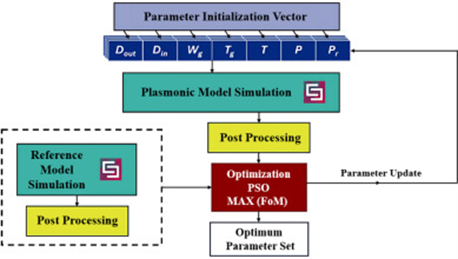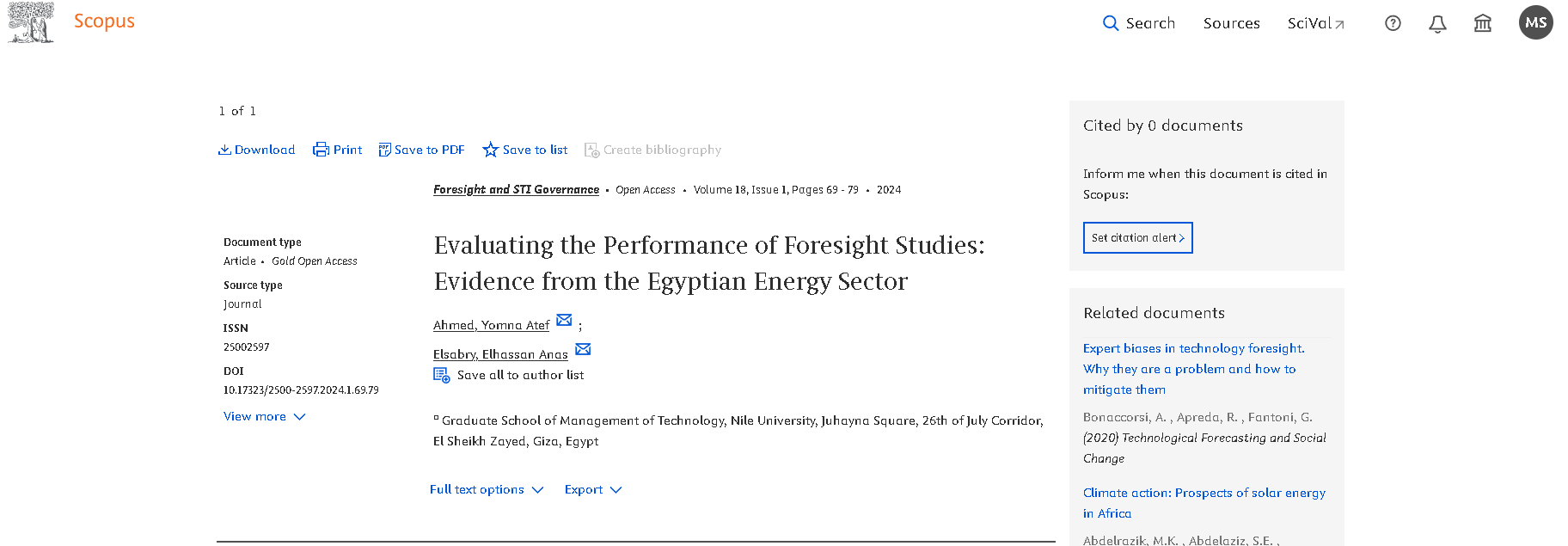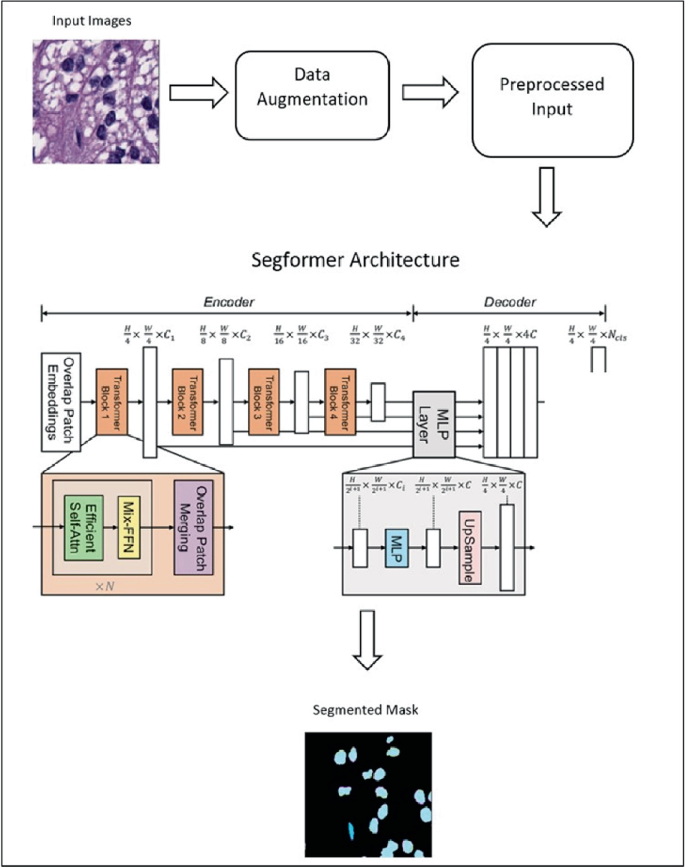

Soft, Self-Assembly Liquid Crystalline Nanocomposite for Superior Switching
Abstract: Liquid crystal (LC) has long been a feature in Materials Science and Nanotechnology, have recently been extended into the appealing domain of complex hybrid materials. The crystalline structural effects of alkoxy chain lengths and the mesogen properties of hydrogen-bonded (n-OBASA) complexes (n = 5,6,7) have been investigated in recent studies. The LC-based hybrid nanocomposite materials–obtained by the homogeneous dispersion of zinc oxide nanowires (ZnO NWs) as a dopant into hydrogen-bonded liquid-crystalline compounds—seem to be particularly promising in this article. Optimizing the geometry of surface stabilizing electro-optic, LC cell reveals the typical intermolecular hydrogen bond (H-bond) formation. Here, we explore molecular-colloidal hybrid composite matrix formed from LCs and dilute dispersions of orientation-ordered ZnO NWs, for eventual potential application in smart switchable display devices. In addition, we investigated the structural, dielectric and optical properties of the nanocomposite, and electro-optical studies which were performed by exploiting the potential during the conditions before the opening of spectrum acquisition. Our novel findings confirm that the electric field induces a charge transfer of the LC molecules to the nanomaterial, which acts as a trap for ionic charges. This effect may be utilized to achieve superior switching operation that is electro-optically tunable. Such dynamic novel switching could be harnessed in smart LCD technology and pave the way towards innovative display modulation techniques. Graphical abstract: [Figure not available: see fulltext.]. © 2018, The Korean Institute of Metals and Materials.



